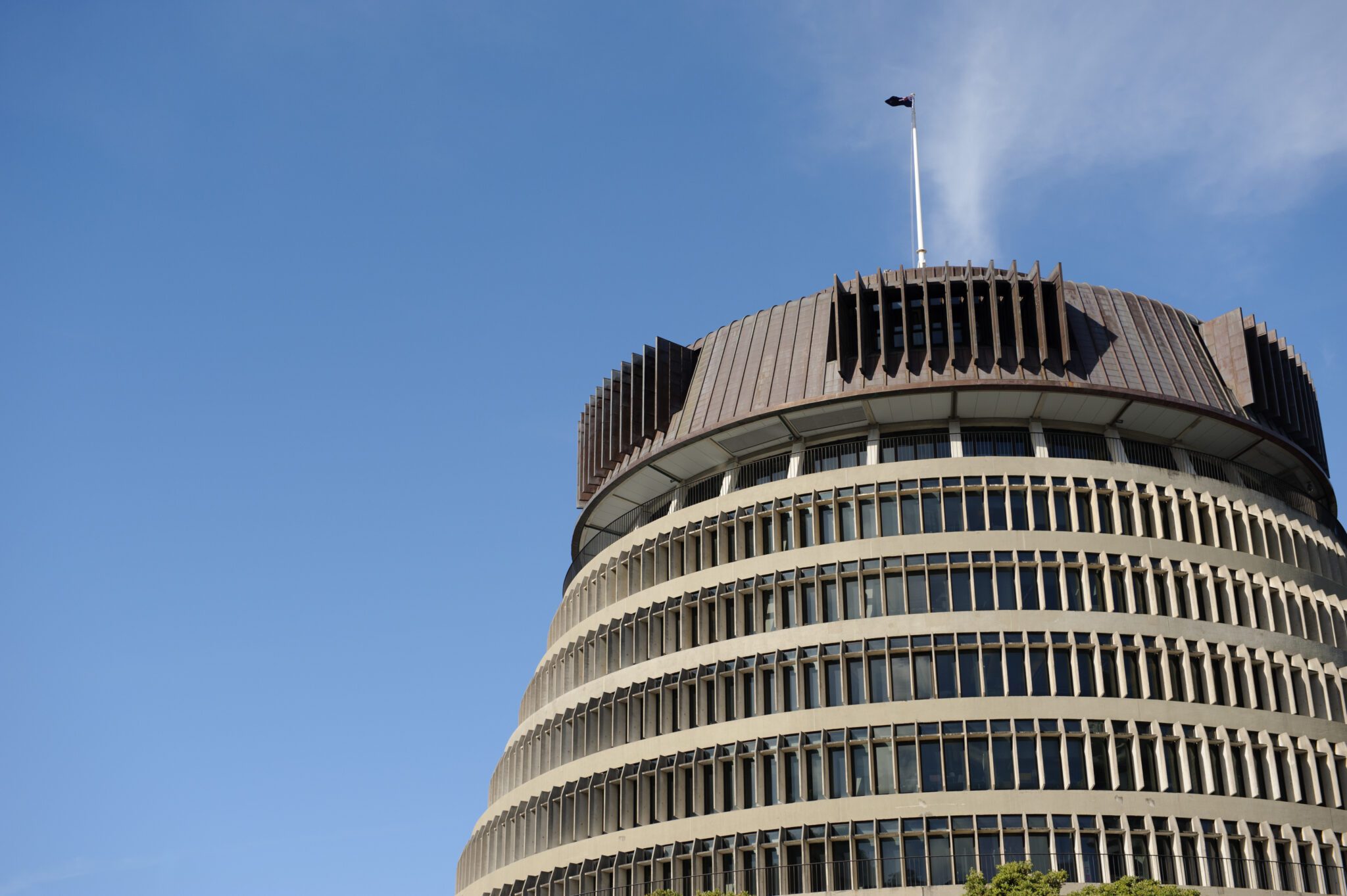The Report of the Public Inquiry into the Earthquake Commission, chaired by Dame Silvia Cartwright, was tabled in Parliament on 9 April 2020.
The Public Inquiry
The Public Inquiry began its work in November 2018, under terms of reference which required it:
“to investigate and report on the lessons that can be learned from the application of the EQC’s operational practices and the EQC’s approaches to claims outcomes in relation to the Canterbury earthquake events and subsequent events. It will make recommendations to improve the EQC’s readiness to respond to future events.”
The Inquiry was concerned in particular to consider the experiences of customers and insurers in claims handling. To that end, the Inquiry received written evidence in the form of almost 1,000 submissions, held 18 public forums and conducted a series of interviews.
By way of supplement to the Report, a separate document entitled What We Heard, containing feedback gathered during the investigation process, has also been published. The latter makes for somewhat depressing reading, as the majority of the comments are from individuals who have had bad claims experiences.
In this note, we focus on the Inquiry’s recommendations for claims-handling by the EQC while working alongside private insurers.
The Earthquake Commission Act 1993
It did not take much foresight to predict that the structure established by the Earthquake Commission Act 1993, that of primary layer cover by the EQC up to cap, with private insurance covering losses above the cap, would give rise to serious difficulties where multiple claims flowed from a major natural catastrophe such as that experienced in Canterbury in 2010 and 2011.
The structure is far removed from that under a single policy with different excess layers, where the liability of the subscribing insurers is – financial limits apart – common and there are arrangements between insurers for claims-handling.
Although many policies in their insuring clauses echoed the words of the 1993 Act, any hopes that the EQC and private insurers would simply split liability for any one claim based on the cap were dashed almost immediately.
Problems
A series of problems, with which all insurers and lawyers engaged in the process are very familiar, have characterised the settlement process:
- First, there has been a lack of formal co-operation between the EQC and private insurers in assessing claims and in sharing investigation costs. Private insurance could not kick in until it had been accepted by the EQC both that the damage was caused by a natural catastrophe and that the amount of damage exceeded the cap. Private insurers were limited in what they could do until that determination had been made. In some cases the EQC and insurers might reach different views on these matters, leading to delays as well as to inconsistent views. There has been a particular issue with the cap, leading to underpayment or overpayment by both parties.
- Secondly, there has been plenty of room for disagreement on coverage issues, particularly on identifying the policy year into which loss falls, whether there is one or multiple losses and whether the damage is to the land (covered only by the EQC) or also the dwelling.
- Thirdly, the sheer volume of claims has overwhelmed resources, and ten years on there are many hundreds of dwellings yet to be assessed.
- Finally, there has been a serious problem with reaching agreement as to liability for defective repairs.
The Inquiry’s Findings
The findings of the Report are both positive and negative:
- The EQC is praised for its response to an unparalleled disaster, in particular for its attempts to disseminate information and engage with the public. However, a number of defects are highlighted, not just in the EQC’s dealings with the private insurance market and in its claims-handling procedure but also with regard to wider structural issues.
- The Report finds there was in the period up to the Canterbury Earthquakes “little or no thinking about how to manage land damage and to repair a vast swathe of urban housing”; repairs were effected before proper loss assessments had been made; and there was a failure of co-ordination between the Government and the EQC in disaster-management planning.
- The EQC is criticised for its claims-handling procedures, including unwillingness to provide data to clients and inadequate damage assessment mechanisms.
The Inquiry’s Recommendations
The Report includes a series of important recommendations, including:
- The EQC is urged to plan for future mass disasters, by increasing its access to data as to how natural catastrophes affect land and by research into the implications of climate change.
- At the claims-handling level, the concern of claimants and private insurers alike, the EQC is urged to commit to a set of principles which ensure fairness and balance; competence; clear and transparent processes; and respect for claimants.
- The establishment of the Canterbury Earthquakes Insurance Tribunal is endorsed. It is suggested that there is a need for a more structured step-by-step approach to dispute resolution, involving expert determination and mediation.
- The Report addresses the future of the Earthquake Commission Act 1993 and suggests:
“inserting a clear purpose statement into the EQC Act; clarifying the extent of EQC cover and key definitions (such as the reinstatement standard, apportionment and the treatment of residential areas in multi-unit buildings); giving EQC the ability to call on assistance from other state agencies; ensuring that any new functions assigned to EQC do not detract from its core responsibilities; and enabling a comprehensive and enforceable information-sharing regime that is both flexible and effective. In addition, providing EQC a more formal role in land-use planning might be worthwhile.”
- The Report includes a significant recommendation about the level of the cap, given the cap was the source of much of the disagreement between the EQC and the private insurance market, giving rise to delay to homeowners. In 2019 the cap was raised from $100,000 to $150,000. The Report recommends the cap should be “sufficient to enable the average homeowner to rebuild—as was the initial intent of the cap in 1993.” This suggests a cap of an entirely different scale.
Reflections
The majority of the Inquiry’s recommendations are aimed at the Government. Time will tell whether there is an appetite from the Government to implement them – some of the recommendations come with a hefty price tag and would undoubtedly stretch the public purse strings in a post Covid-19 economy.
The Inquiry’s recommendations would go some way towards removing problems encountered by the insurance market in settling claims for natural disaster damage. There is more work to be done however if it is to remain the case that damage should be caught by both EQC and private insurance cover in the future.
The learnings from the Canterbury Earthquake sequence drove a different response by both EQC and some private insurers after the events in Kaikoura. The Inquiry noted that the approach there (whereby insurers acted as EQC’s agent and so there was only usually one point of contact for clients) compared well to the experience in Canterbury.
Perhaps the clearest signifier that the Kaikoura approach was more effective is the fact that the re-opening rate of settled claims is very low. Further, very few Kaikoura claims have been through private insurers’ external dispute resolution schemes or to the IFSO. Although there have been problems with communication and data sharing, on the whole the passing over of control of the claims process to private insurers appears to have resulted in a much better client outcome.
No doubt there will be ongoing communication between EQC and private insurers but, at the very least there must be transparency of EQC information about the claim and the process of negotiation with the claimant. If there is to be Government support for claimants against the EQC, consideration ought to be given to the question of whether resolution reached with the EQC is binding on insurers and, if so, what role insurers should play in the process. If predatory behaviour on the part of advocates for claimants against the EQC is to be stamped out, perhaps consideration should also be given to the regulation of such advocates and their experts in pressing claims against insurers.
For further information, please contact a member of our insurance or litigation and dispute resolution team.
Disclaimer: the content of this article is general in nature and not intended as a substitute for specific professional advice on any matter and should not be relied upon for that purpose.





